Historical Calendar - 1952
Events
January 1952

The Russians and Chinese allege that the United States used bacteriological warfare on its enemy. Canada and other nations are also implicated. UN efforts to have the charges investigated by the International Red Cross are rejected by the Chinese and North Koreans.
25-26 March 1952
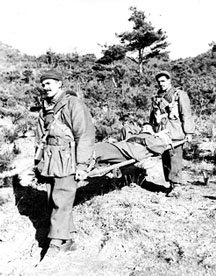
The Chinese launch a raid on the forward platoon of 1 PPCLI holding Hill 132 and a 2 RCR outpost on Hill 163, both part of the "Hook" position west of the Sami-ch'on. The Chinese are successfully repelled at a cost of eight Canadians killed and 13 wounded.
19 April 1952
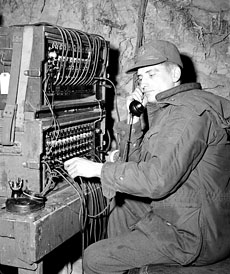
After weeks of screening prisoners of war to determine whether they want to be repatriated, the UN delegation informs the Communists that only 70,000 of the 132,000 prisoners of war are willing to return home. As the Communists demand all prisoners be repatriated to their home country, the disagreement leads to a stalemate in negotiations.
6 May 1952
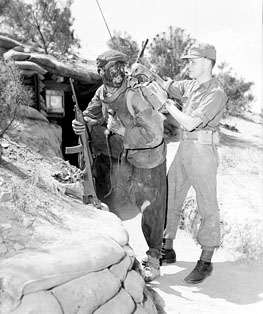
A 14-man ambush patrol of the 1 R22eR is itself ambushed by the Chinese. Two Canadians are killed, the platoon commander is wounded, and one is captured.
25 May 1952
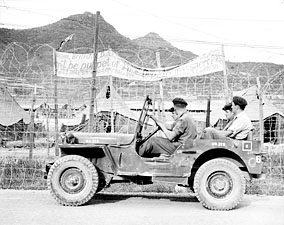
To assist in restoring order and discipline in the prisoner of war camps on Koje-do Island south of the Korean peninsula, B Company, 1st Battalion, RCR take up guard duty for six weeks over a compound where 3,200 prisoners are held, chiefly North Korean officers.
21 June 1952
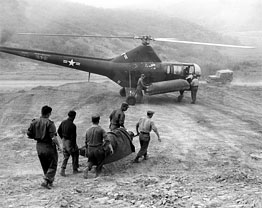
The 1 RCR, sends out a company-sized raid against the Chinese position on Hill 113 across the Nabu-ri valley, in an attempt to capture prisoners. As the men close in on the objective, a misinterpreted order results in a mad scramble back down the hill. No prisoners are taken for the loss of one Canadian killed and 24 wounded.
23 June 1952
The US Air Force bombs Yalu River power installations to induce a more cooperative attitude on the part of the Chinese at the truce talks.
10 August 1952
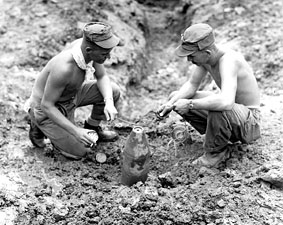
Torrential rains as a result of a typhoon leave both the UN and enemy forces struggling to maintain their defences. In one week more than 150 Canadian bunkers collapse or become uninhabitable while the Imjin River rises 12 metres above its normal summer level.
29 August 1952
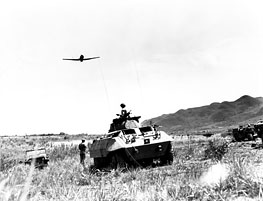
The heaviest air raid of the war is launched against Pyongyang, the capital of North Korea.
22 September 1952
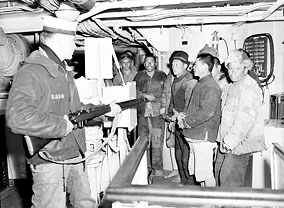
HMCS Nootka captures a North Korean minelayer off the island of Ch'o-do, one of the few enemy vessels captured at sea during the war.
24 September 1952
A six-man patrol from B Company, 1 RCR, capture a Chinese signaler without sustaining any casualties, a feat that rewards them with a Military Cross and a Military Medal.
2 October 1952
HMCS Iroquois bombards the rail line on the east coast when an enemy shell strikes the starboard side of the ship killing three Canadian sailors, the only Royal Canadian Navy fatalities in the Korean War. Ten other sailors are wounded.
8 October 1952
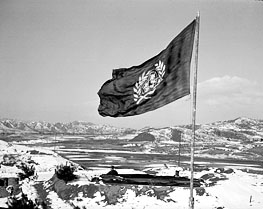
The UN high command calls an indefinite recess in negotiations after eight months of bitter and fruitless debate with the Communist delegation about the repatriation of prisoners of war.
23 October 1952
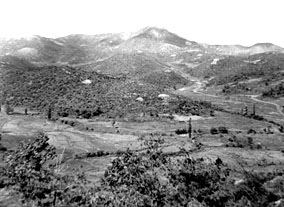
After a heavy bombardment, the Chinese successfully raid the position of B Company, 1 RCR on the western shoulder of Hill 355. In the fight to regain control eighteen Canadian soldiers are killed, 35 wounded, and 14 are taken prisoner before the enemy withdraws.
18-19 November 1952
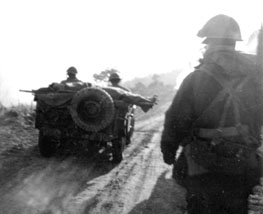
The Chinese launch a battalion-strength attack against the Scottish Black Watch holding the "Hook" position west of the Sami-ch'on. With the help of the 3 PPCLI the Chinese are driven back although the PPCLI incurs several casualties.
29 November 1952
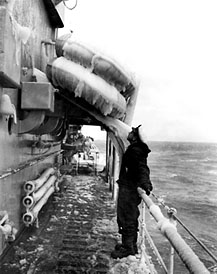
Chinese troops seize Taewha-do, the outermost of a chain of islands in the northern Yalu Gulf, invading it using junks and rubber rafts. Defence of the remaining islands becomes a top priority on the west coast, and HMCS Cayuga, HMCS Athabaskan, and HMCS Sioux are ordered to closely patrol the coasts of Ch'o-do and Sok-to islands during the month of December.
- Date modified: